Huawei HarmonyOS announced along with Huawei Watch 3, Matepad tablets and Freebuds 4
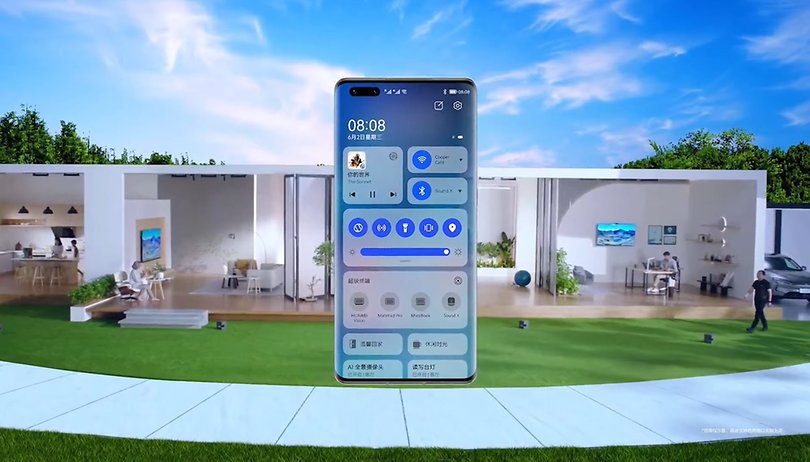

After several beta versions and rumors, it is finally here! Huawei earlier today announced the launch of its own operating system called HarmonyOS at an event in China. The new operating system forms the basis for future hardware from the company. The first products to run the new OS include the Huawei Watch 3 and the new MatePad tablet series.
- Huawei's Android replacement, HarmonyOS, is here.
- Huawei aims for a tightly integrated cross-platform ecosystem like iOS.
- Newly announced products based on HarmonyOS include Huawei Watch 3 and new MatePad tablets.
- Huawei also announced the FreeBuds 4 TWS at the event.
If you currently buy a smartphone, you have to choose between iOS and Android. In the (not too distant) future, HarmonyOS might be another option exclusive to Huawei devices. As you might be aware, HarmonyOS has been in the making for close to two years. After dozens of beta versions and countless rumors, Huawei finally took covers off its new mobile operating system on June 2, 2021.
HarmonyOS is a crucial launch for Huawei as it finally brings long-needed independence from Google for the embattled Chinese company. For the past few years, Huawei was barred from shipping its phones with Google services. Effectively, phones like the Huawei P40 shipped with Android but without Google services. Needless to say, the user experience was pretty limited and complicated.
The switch to HarmonyOS may be a big deal in China - Huawei's homegrown smartphone market where the lack of Google services isn't really a drawback. The outlook is different for other markets, though, because the fact remains that Google services will not be available on HarmonyOS as well.
Let's now take a look at all the major announcements that Huawei made today.
What you need to know about HarmonyOS
One operating system to connect them all - that's a good way to sum up HarmonyOS. Huawei's aim is to transform HarmonyOS into a scalable operating system that can adapt to various use cases.
From wearables to tablets, smartphones to TVs, and IOT to smart home platforms - HarmonyOS will be the driving force behind these deployments. Huawei has also coined the term 'Super devices, ' which will use HarmonyOS' capabilities to pool software and hardware resources from previously physically independent devices to form Super devices.
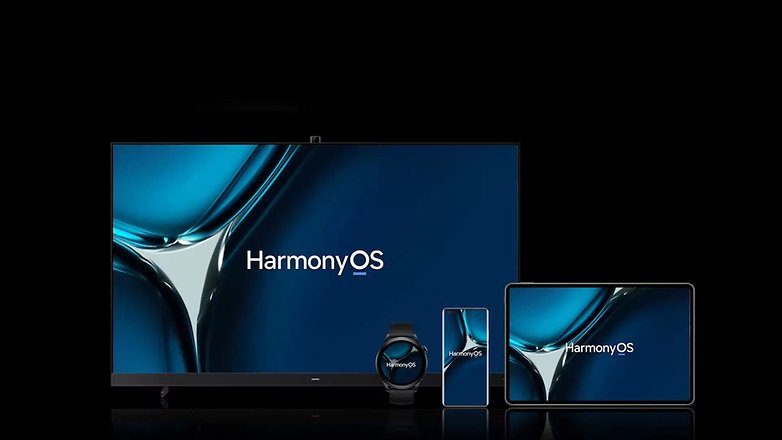
In practice, there is a new control center for this, from which these connections can be controlled. An example of Huawei's Super Devices concept would be like this: You can play mobile games first on the tablet and then continue watching on your TV without interruption.
Huawei has also renamed Huawei HiLink to Harmony Connect and has brought more devices like TVs, washing machines, and coffee machines into the ecosystem. The scalability of HarmonyOS is evident from the fact that Huawei claims it can even be used on devices with just 128KB of RAM!
With HarmonyOS, Huawei also introduced a new font called "HarmonyOS Sans" and introduces service widgets that allow users to retrieve data from apps in real-time. Of course, unifying the user experience across all devices is also addressed here.

Last but not least, there's some info on software updates and security. HarmonyOS is supposed to guarantee a long-lasting experience even after 36 months. HarmonyOS runs user data security through a tier system. With specific security thresholds for "Super Devices," the most important user data should only be shared with the most secure devices. This is to keep data safe despite the strong linkage of devices.

While we still believe privacy is a myth, the very fact that HarmonyOS is detached from the Google ecosystem makes it an interesting contender for the privacy paranoid. But then, the fact that Huawei is in this conundrum because of its Chinese origins and privacy concerns makes its situation rather complex. Nevertheless, we still believe that if Huawei plays its cards right, HarmonyOS may just have a real unique selling point.
Let's now take a look at some of the devices announced by the company earlier today.
Huawei Watch 3 and Watch 3 Pro
Among the first devices to run HarmonyOS include the Huawei Watch 3 and the Watch 3 Pro. Both the models support eSIM and can be used without the need for a tethered smartphone.
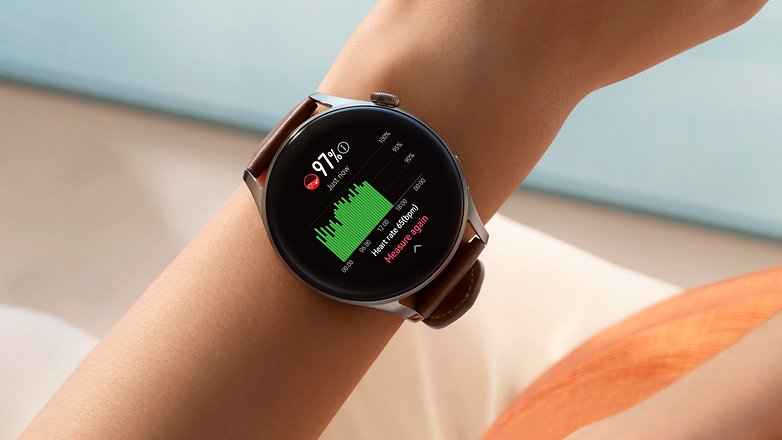
Both the watches come powered by Huawei's own Hi6262 SoC and support Bluetooth 5.2 and WiFi in addition to LTE. They also get 2GB of RAM and 16GB of storage. Oh, and lest we forget. You can use both the watches with Android, iOS, and HarmonyOS.
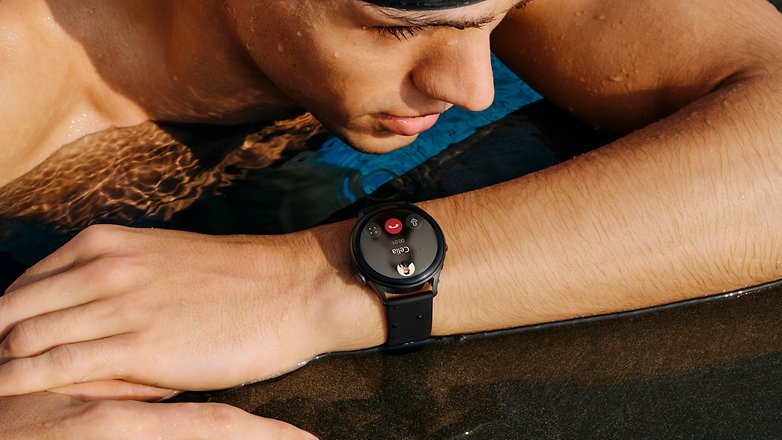
Both watches feature the same OLED display that measures 1.43 inches across and claim a PPI of 326. Typical for Huawei, both the watch models are circular. As you might have expected, the Pro version features a larger battery that claims usage for up to 21 days as opposed to just 14 days for the standard model.
Both smartwatches come with a heart rate sensor that can simultaneously measure the oxygen content in your blood. Huawei also wants to be able to measure the temperature of your skin, which makes stress monitoring and precise sleep monitoring possible. For older people, the devices also support a fall detection feature with an emergency call function, quite similar to Apple Watch.
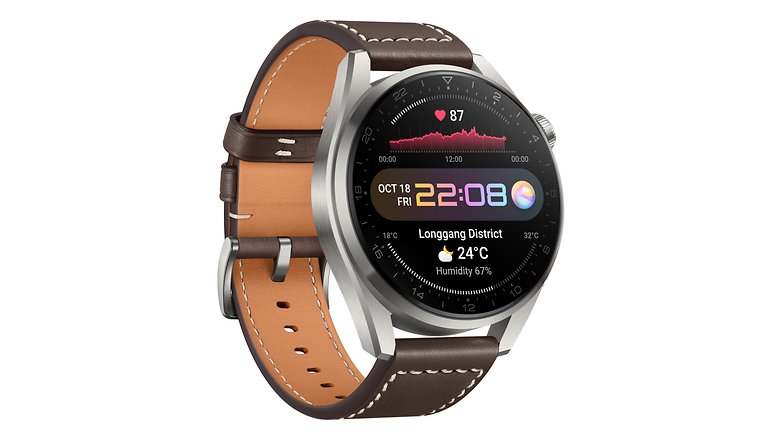
What also makes the Pro version interesting is that the display is made of sapphire glass. This variant also uses titanium which is more durable. This also, however, pushes the weight by 10g from 54g to 64g.
The Huawei Watch 3 will cost £349.99 ($496) in the UK, where it releases on June 18th. As for the Huawei Watch 3 Pro, this one will set you back by £499.99 ($700)and will be available from June 28th in the UK.
New MatePad tablets
While HarmonyOS is only used as a companion version on the smartwatches, you can try out the new operating system in full bloom on the new MatePad tablets! The new models are called MatePad 11 and MatePad Pro 12.9. Let's take a closer look at both.
MatePad 11
The smaller of the two models announced today, the MatePad 11 gets a 10.95-inch IPS LCD with a resolution of 2,560 x 1,600 pixels and a max refresh rate of 120Hz. The tablet is powered by ... Surprise ... a Snapdragon 865.
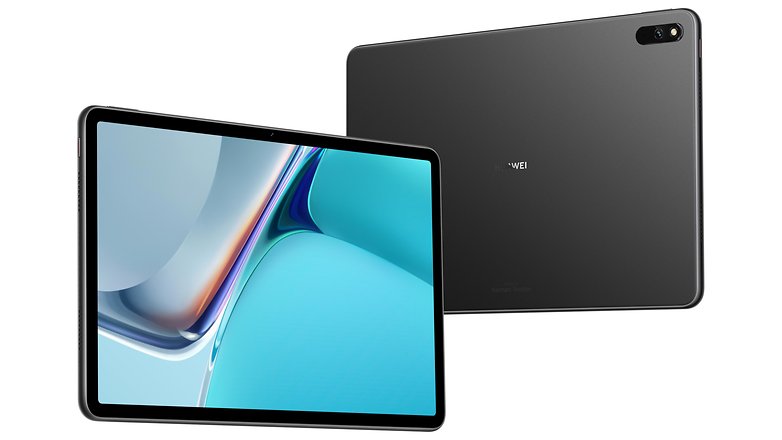
The tablet runs HarmonyOS and gets 6GB of LPDDR4X RAM and either 64 or 128GB of internal storage. We will try to get our hands on the tablet for the first HarmonyOS test.
The battery capacity also looks promising, thanks to the large 7250 mAh battery. The camera setup includes a single 13-megapixel camera on the back and an 8-megapixel front-facing camera. If that's not enough for you, let's move on to the MatePad 12.9 real quick, shall we?
Briefly, though, a few words about the accessories. The 11-inch MatePad is also compatible with Huawei's "M-Pencil" stylus. In addition, there is a keyboard case that is reminiscent of Apple's MagicKeyboard. The official prices for Europe are yet to be announced. The converted process from China are as follows:
MatePad 11(64GB) - €399 ($480)
MatePad 11 (128GB) - €499 ($609)
MatePad Pro 12.6
As for the MatePa Pro, this one features a larger display measuring 12.6 inches. This also happens to be an OLED panel with a refresh rate of 60Hz and a resolution of 2,560 x 1,600 pixels.

The camera setup also sees an upgrade on the Pro model. While the primary camera remains the same, there is also an 8MP ultra-wide-angle camera with a 120-degree FOV.
Instead of a Snapdragon SoC, Huawei has opted for its own Kirin 9000E SoC on the MatePad Pro 12.6, which was used in the Huawei Mate 40, among others. The tablet gets 8GB RAM and 256GB of internal storage. Connectivity options include Bluetooth 5.2, Wi-Fi 6, and GPS.
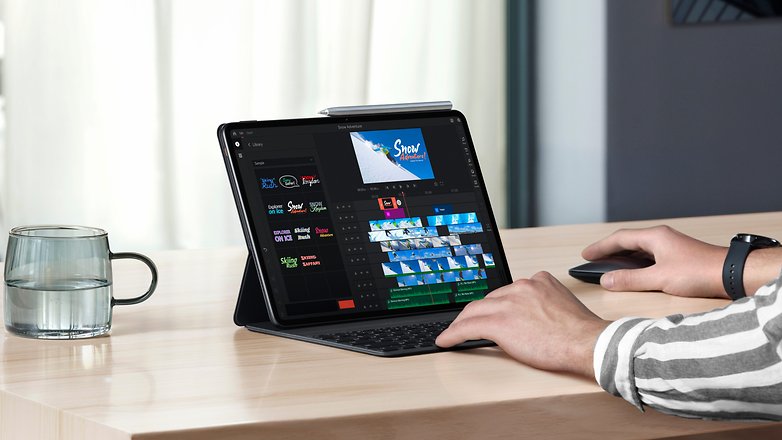
The MatePad 12.6 also gets a massive 10,000mAh battery. This, combined with the 60Hz OLED display, should ensure excellent battery life for the device.
To go with the MatePad Pro, Huawei is also selling a keyboard case alongside the second generation of the stylus called the M-Pencil. As you can see in the photos, this strongly reminds me of Apple's Magic Keyboard
You can buy the MatePad Pro 12.6 in a single configuration which will set you back by €799 ($976).
Huawei FreeBuds 4
Since the FreeBuds 3 did pretty well in our test with four stars, I also want to briefly introduce the FreeBuds 4. It is a mixture of in-ear headphones and earbuds. What we mean is that the headphones are inserted into the ear cup and fire specifically in the direction of the ear canal. However, Huawei still does it without silicone tips.
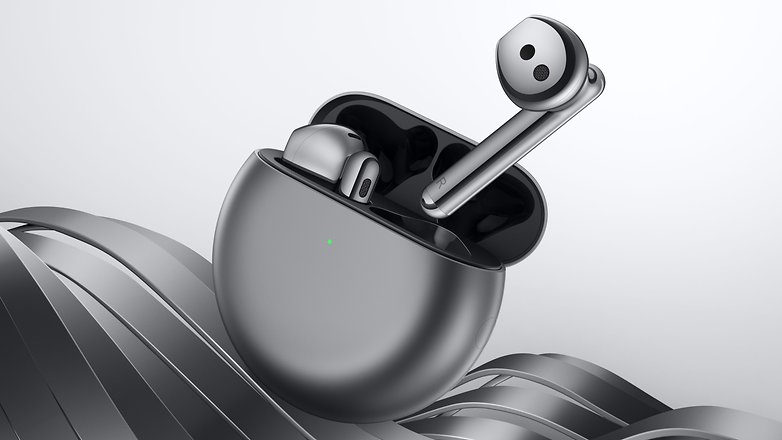
Despite the open-fit design, Huawei offers ANC in the headphones, and a transparency mode is, of course also on board. Sound-wise, the True Wireless headphones cover a frequency range of 20 hertz to 20 kilohertz and features 14mm drivers. There are three microphones to ensure clear call quality.
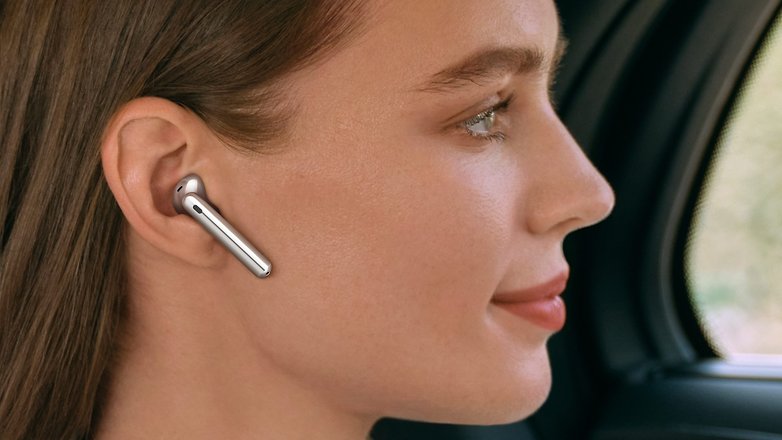
Apart from the Bluetooth 5.2 support, the battery runtimes, which don't even look that promising, are striking. With ANC activated, the playtime is supposed to be 2.7 hours, without noise cancellation is at least 4 hours in it. How often the earphones can be charged via the included charging case is currently not clear.
The FreeBuds 4 cost €149 ($183) and will go on sale from 9 July. In addition to the aforementioned products, Huawei also unveiled two monitors. The two new models are called MateView and cater to business and gaming audiences. These ones are unlikely to make it out of China, though.







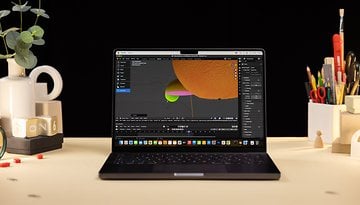




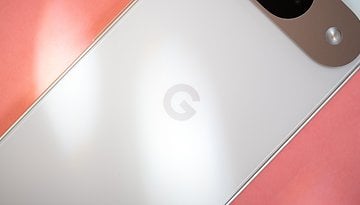

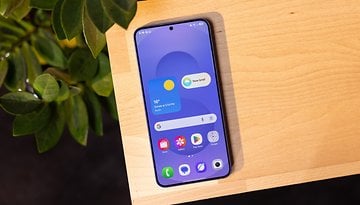
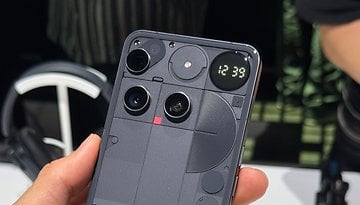




Wouldn't even consider it considering the reasons Huawei was locked out of Android in the first place. It would require passing an open code review which isn't going to happen.